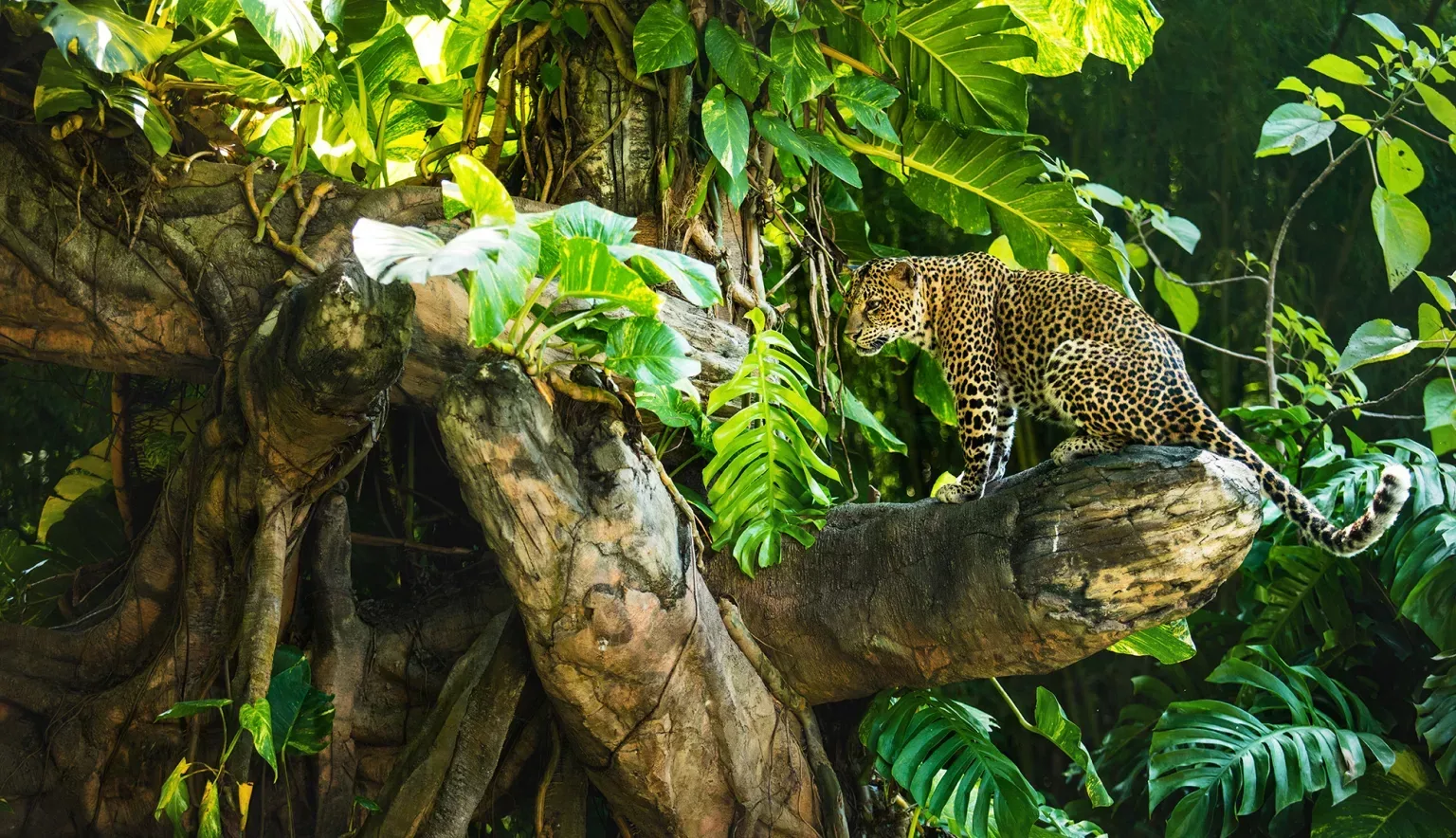Guyana, an undiscovered South American country, offers the adventurous traveller a wealth of experiences, from trekking through lush rainforest to visiting eco-conscious Amerindian villages.
GUYANA
Guyana is a country for the 21st century adventurer, offering endless opportunities for exploration. First, there are the diverse landscapes: the untouched beaches in the north; an interior carpeted in rainforest and rolling savannas; the soaring peaks and plateaus of the Guyana Highlands. There are plenty of ways you can explore the country. Take a guided hike or a canoe trip down the country’s waterways. Go on a 4×4 self-drive safari to the country’s hidden corners or learn survival skills in the Amazon jungle.
Then, there’s the astonishing array of wildlife – 225 mammal and 900 bird species. Guyana is known as the ‘Home of the Giants’, with some of the largest animals on the planet, such as giant river otters, anacondas, giant anteaters and arapaima (the largest freshwater fish in the world) found here. Six of the 36 wildcat species that exist in the world roam through the pristine rainforest and other natural areas of Guyana. These include pumas, ocelots and elusive jaguars – the largest of the big cats in Guyana. The country is also renowned for its community-run, environmentally friendly tourism. Villagers collaborate and pool resources to launch initiatives such as eco-lodges, cultural celebrations and guided hikes through the stunning natural landscapes.
Guyana is a melting pot of Caribbean, European, African, East Indian and indigenous cultures, each with their own distinct traditions and customs. Such cultural diversity means that the country has an intriguing, multicultural cuisine. Try pepperpot, a hot Amerindian stew dish, or metamgee, dumplings cooked in coconut milk. The capital, Georgetown, has a fantastic dining scene.
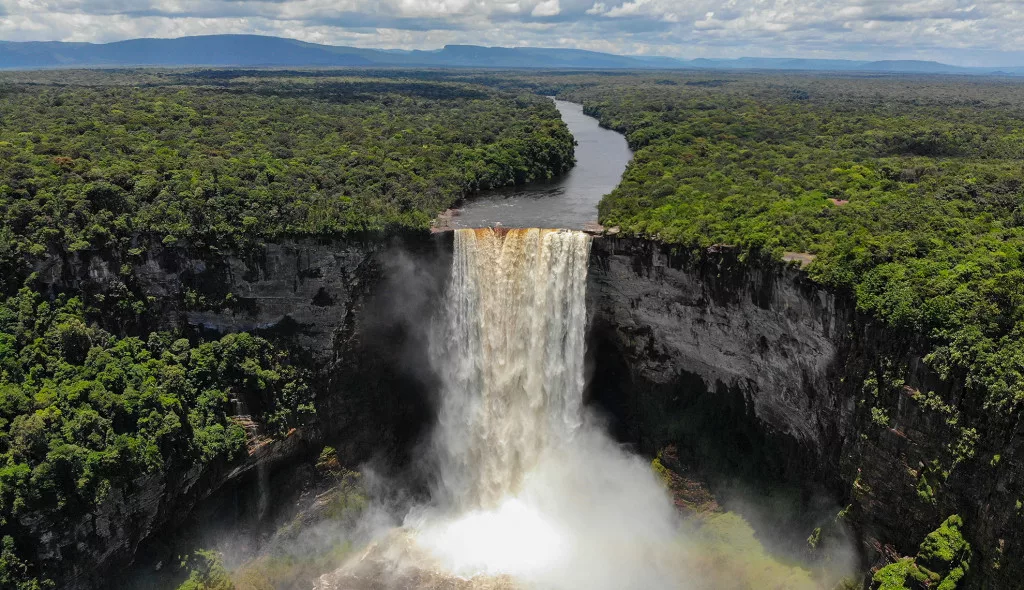
TOURISM INSIGHTS: GUYANA TOURISM AUTHORITY
The Guyana Tourism Authority (GTA) is a semi-autonomous organisation set up in 2002 to develop and promote tourism in Guyana. It came about as a response to calls for action from the tourism sector and membership organisation, the Tourism and Hospitality Association of Guyana. The country has a shared vision for 2025 – to be recognised both locally and internationally as a premier destination protecting its natural and cultural heritage, and to provide authentic experiences while maximising benefits to local residents. The GTA is working with sister agencies, local communities and the private sector to help the country realise its goals. We caught up with Brian Mullis, director of the GTA, to find out more.
Q&A WITH BRIAN MULLIS, DIRECTOR, GUYANA TOURISM AUTHORITY
Why is tourism important for Guyana?
Brian Mullis: Tourism has long been regarded as one of the fastest growing sectors in the world, significantly contributing towards sustainable development in areas such as job and wealth creation, economic growth, environmental protection, and poverty alleviation. Tourism contributes to Guyana’s Green State Agenda and all 17 UN Sustainable Development Goals. Based on an analysis of the VEMS survey from the Guyana Bureau of Statistics, tourism became formally recognised as the second largest export sector in Guyana in 2019. Travel and tourism injected approximately $300 million directly into Guyana’s economy and contributed to 22,000 jobs in 2018. Based on our most recent visitation data, there has been a 9.12 percent increase in travellers coming to Guyana, and total travel and tourism investment in Guyana is projected to increase to $37 million by 2028. To put all of this into perspective, Guyana is the only country in the world where tourism that is led by indigenous communities is the primary focus. It is home to some of the world’s best examples of community driven, owned and led tourism. The host indigenous communities own and manage the enterprises, which results in all the residents receiving myriad benefits.
How do you market Guyana as a destination?
In a world where travel is becoming more mainstream, and many destinations have lost the authenticity that attracted travellers in the first place, Guyana stands out. It is decidedly not ‘touristy’. This, along with the fact that the country remains largely undeveloped, means that you will discover pristine ecosystems with an abundance of wildlife, rich culture and heritage, and warm hospitality. You will be privy to immersive experiences in indigenous communities without the need for an interpreter. Guyana is the only country in South America where English is the official language. Guyana’s brand pillars include nature and wildlife, active exploration, culture and heritage, birding and conservation. Our primary source markets are the United States, Canada, the United Kingdom, Netherlands and Germany. We have a value-based marketing strategy focused on attracting travellers that seek out world-class nature, adventure and cultural experiences. We primarily reach our target markets through our marketing representatives, earned media, outbound tour operator partners, digital and cooperative marketing, trade shows, and fam trips. In recent months we have attracted prominent news coverage from publications such as Condé Nast Traveler and Travel + Leisure – The Telegraph voted it 2020’s top ‘must visit’ destination.
What are your organisation’s goals and visions for the future?
Our mission is to collaborate with others to develop and promote sustainable tourism in Guyana, maximising local socio-economic and conservation outcomes and improving visitors’ experience. In order to achieve our mission and realise our vision, we have four organisational objectives and prioritise to achieve each of them: raise the profile and impact of the GTA; optimise nationwide socio-economic and conservation outcomes from tourism; champion the value of tourism; support and empower Guyana’s tourism industry and communities.
Congratulations on winning the award for ‘Best Ecotourism Destination’ at ITB Berlin last year. Can you tell us a little more about Guyana Tourism Authority’s commitment to sustainability?
Guyana has a long-standing sustainability agenda, and sustainability is a way of life for many. This is why, for example, 87 percent of our forest ecosystems are intact. In recent years, Guyana has expended considerable effort to develop an eco-friendly tourism product and incorporate sustainable tourism best practice into all aspects of its tourism strategy, policy, planning and programming. Scaling up inter-ministerial and multi-stakeholder collaboration through structured, mutually beneficial partnerships is one of the primary keys to unlocking our full potential. The case study that we submitted to the ‘Best Ecotourism Destination’ award was centred on the villages of Surama and Rewa. Both of these indigenous communities own and operate eco-lodges. These world-class examples of community-led and owned enterprises illustrate how entire communities can generate positive socio-economic and conservation outcomes from tourism. We are now helping an increasing number of communities follow their lead through a community-led tourism framework and toolkit and donor support. Last year, we also won a number of other sustainable tourism awards, including ‘The #1 Best in Sustainable Tourism’ at the LATA Achievement Awards in June 2019, and ‘The #1 Best in Destination Stewardship’ at the CTO’s Sustainable Tourism Awards Programme in August 2019.
Why, in your opinion, should someone visit Guyana?
Guyana is redefining the meaning of a five-star experience. While many destinations around the world boast luxury hotels and renowned restaurants catering to ever-discerning clientele, Guyana is quickly emerging as the new off-of-the-beaten-path destination for well-travelled tourists. Being relatively unknown and somewhat expensive to travel to gives rise to the opportunity for some extraordinary travel experiences that are virtually unheard of today. Like the opportunity to travel great distances without seeing another human – or any sign of one – having natural treasures such as Kaieteur Falls and the prow of Mount Roraima all to yourself or having meaningful interactions with our indigenous peoples without the need for a translator. There are few places in the world where you can have experiences like these.
What trends are transforming the tourism industry in Guyana and how are you responding to them?
There are a few key trends that are transforming tourism in Guyana. Conservation tourism is when tourism businesses, communities, donors, and government work together to make net positive contributions to the conservation of biodiversity and ecosystem services. We’re responding to this trend by helping more communities establish their own tourism enterprises to incentivise the establishment of community conservation areas. This has several key benefits, including improving wildlife and bird spotting. Furthermore, with an increase in ‘flight shaming’ among environmentally conscious travellers, visitors to Guyana can support communities that protect forests sequestering far more CO2 than is generated from their travels. Travelling in Guyana is experiential – all the senses are engaged through many of the experiences that are available. In an effort to build on the trend, Guyana was among the first countries in the world to join the Transformational Travel Council. We believe in transformational travel and that it happens from the inside out, often inspired by exploring a new destination and experiencing the extraordinary. This often results in heightened awareness and the cultivation of empathy and stewardship, which can lead to behaviour changes at home. Placemaking inspires people to collectively reimagine and reinvent public spaces as the heart of every community, strengthening the connection between people and the places they share. This collaborative process is beginning to gain momentum in Guyana’s capital city of Georgetown, where business and community leaders are increasingly coming together to revitalise public spaces.
Are you optimistic about the future of the tourism industry in Guyana?
Absolutely. Tourism has traditionally never been a priority sector in Guyana. However, in recent years, support for tourism is increasing at the highest levels of government and among business and community leaders. Through continued collaboration and the protection of our wealth of natural and cultural heritage, we can fully realise the potential of tourism and make a substantive contribution to the country’s sustainable development goals, enriching experiences of Guyanese residents and visitors in the process.
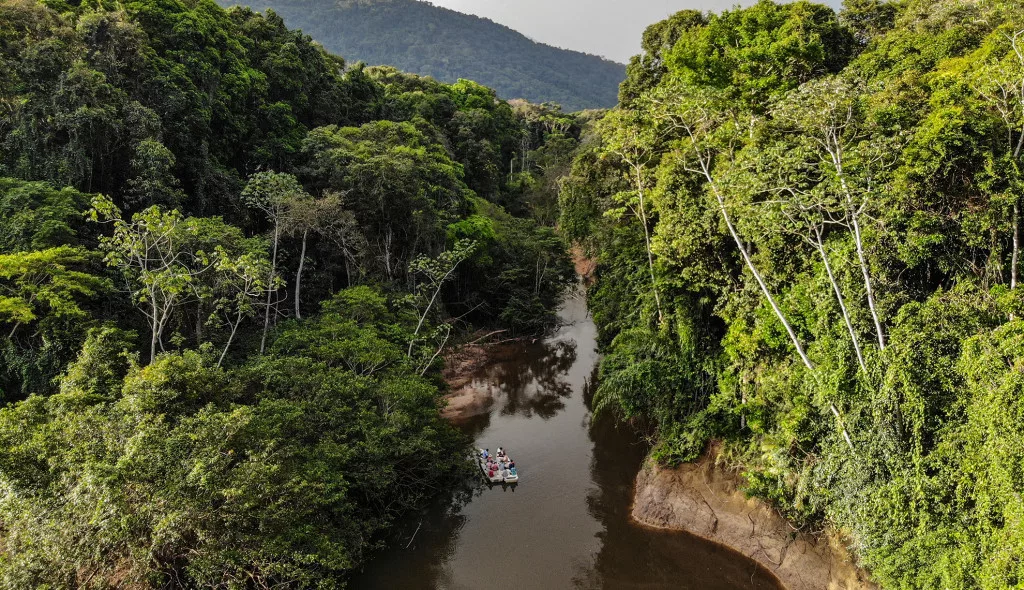
TOP COMMUNITY TOURISM EXPERIENCES IN GUYANA
One of the most special things about a trip to Guyana is the wealth of community tourism experiences on offer. These are initiatives where villages have worked together, pooling their resources to create tourism products that their communities will benefit from. Meanwhile, tourists will get to immerse themselves in ethical, authentic experiences. Here are Outlook Travel’s top three community experiences in Guyana:
Surama Eco-Lodge
This was the first indigenous village to embark upon a community-led tourism initiative by building its own eco-lodge. Guests staying here can try traditional dishes made with local produce and learn more about Makushi culture. The villagers have preserved the biodiversity of the region, as you’ll see if you take one of their guided hikes, river canoe trips or camping excursions in the surrounding area.
Arrow Point Nature Resort
Just downriver from Georgetown, along Kamuni Creek, you’ll find the Arawak village of Santa Mission. It’s a calm, picturesque village surrounded by sprawling fields and forest. As you walk around the village, you’ll see weavers and other artisans at work. Enjoy strolling along the nature trails that have been made around the village. The villagers have even constructed an eco-lodge, Arrow Point Nature Resort, which is located on the banks of the creek. The activities on offer include kayaking, swimming, mountain biking and bird watching.
WEB: www.facebook.com/ArrowPointResort
Rewa Eco-Lodge
This eco-lodge is located in Rewa, a small Amerindian community in the heart of Guyana’s rainforest, which is renowned for its biodiversity. It’s home to around 300 villagers, mostly from the Makushi, who want to conserve and protect their environment. They founded their eco-lodge with a grant from Conservation International. As well as offering outdoor activities, such as dugout canoe trips, they will also take you on tours around Rewa Village to experience their way of life.
WEB: www.rewaecolodge.com
Benefits of Community Tourism
Brian Mullis, director of the Guyana Tourism Association, believes there are three fundamental benefits of community tourism:
“Social impact: community tourism provides the receptive community with direct access to the travel and tourism value chain, supports capacity building, helps to preserve cultural heritage, increases community pride, and reduces out-migration.”
“Economic impact: increases direct spending by domestic and international visitors, increases enterprise development and creates employment opportunities and a varied economic base. It’s also an economic multiplier effect in creating job opportunities, especially for women and youth.”
“Environmental impact: creates alternative livelihood opportunities as an incentive for communities to support the conservation of ecosystems, wildlife protection and natural resource management. It also supports sustainable energy production and use.”
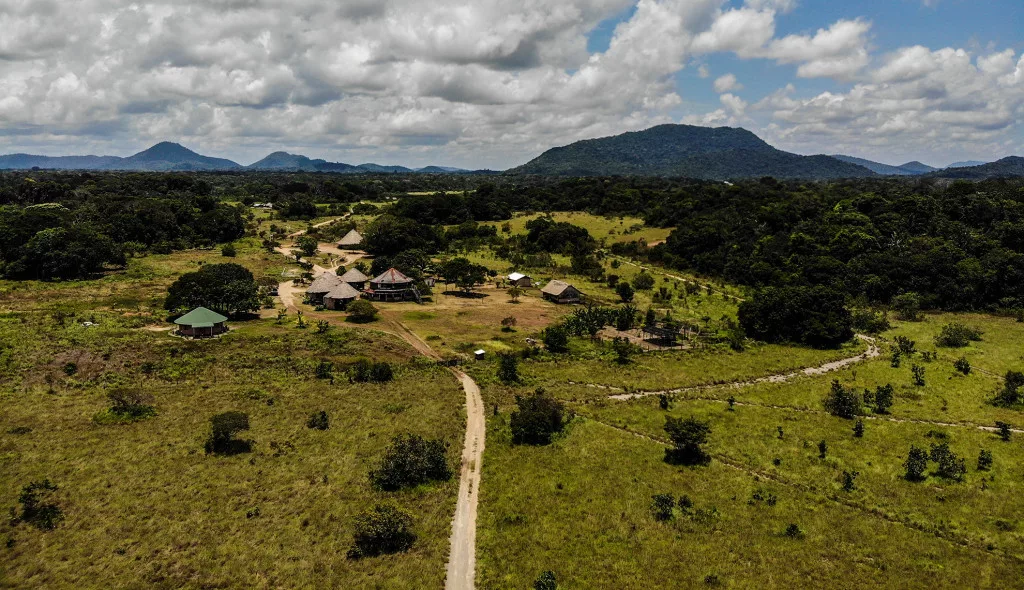
GEORGETOWN IN FOCUS
The capital, Georgetown, is steeped in colonial heritage and has a distinctly Caribbean atmosphere. Learn more about the country’s Amerindian culture on a visit to the Walter Roth Museum, or its flora and fauna at the National Museum. Soak up its colonial history as you explore timeworn churches, the colonnaded Parliament Building and the Red House, home to former Prime Minister Cheddi Jagan.
The city has a fantastic wining and dining scene, serving food that reflects the country’s cultural diversity: Brazilian barbecue, creole cuisine, Indian dishes and plenty of Amerindian specialities, such as pepperpot. You’ll get a chance to try Guyanese dishes such as ginger soup and grilled snapper in shady courtyard restaurants. There are also plenty of options for a night out, whether you prefer live soca and chutney music in a local bar, or cocktails in swanky rooftop bars.
There are plenty of other attractions in and around the city. Take a guided tour of Demera Distillers Ltd. to find out how the famous El Dorado rum is made. Or take a Jeep tour past lush sugarcane fields to the Uitvlugt Estate, where you can learn more about the sugarcane business and the dark legacy of the slave trade. Georgetown is also a fantastic gateway to exploring the rest of the country, whether you’re interested in travelling along the coast to nearby beaches or taking a historic boat tour of the islands and settlements along the Essequibo River.
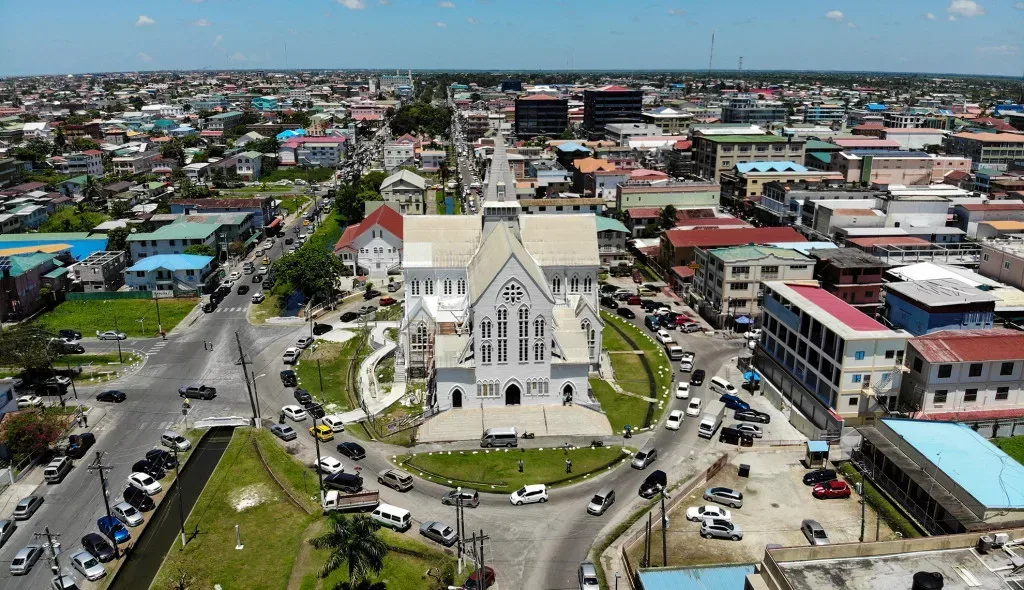
OUTLOOK RECOMMENDS
EAT:
For Guyanese specialties…
For thoughtfully curated seafood dishes…
SLEEP:
For boutique rooms in the capital…
For a community-run eco-lodge…
For friendly faces and delicious food…
For fantastic hospitality and great entertainment…
DO:
For adventure tours across Guyana…
For a canoeing and camping expedition…
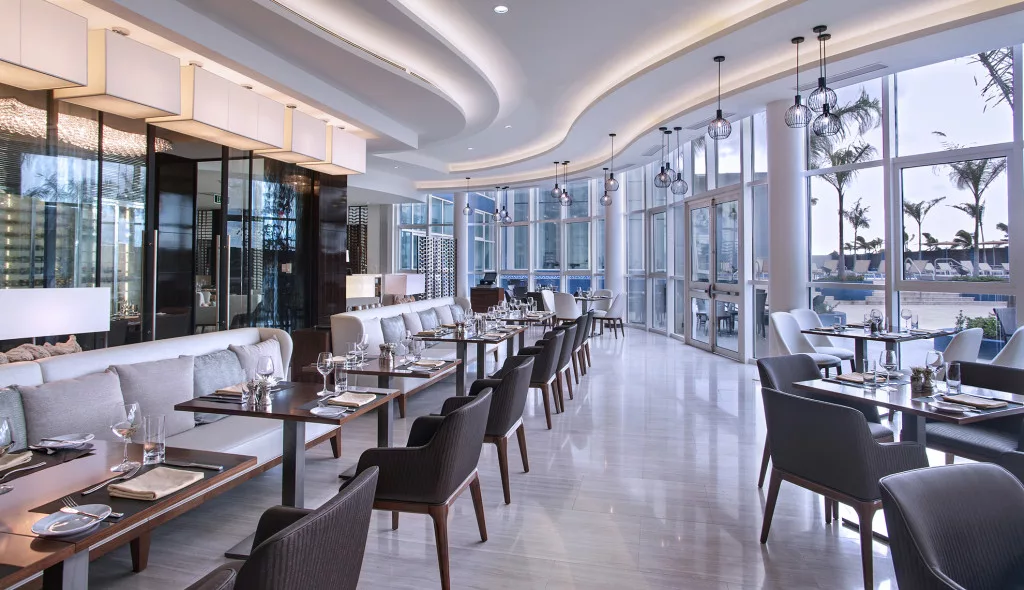
LANDMARK ATTRACTIONS
KAIETEUR FALLS
One of the country’s most impressive sites is Kaieteur Falls (the largest single-drop waterfall in the world), where water gushes in torrents off a 250-metre high cliff. The falls are surrounded by ancient jungle and can be reached via plane or an adventurous five-day hike.
SURAMA VILLAGE
Surama is an Amerindian village (mainly inhabited by Macushi people) and the site for the first community ecotourism initiative in Guyana. The local community manages and maintains Surama Eco-Lodge, which offers tourists a chance to stay in traditional huts, try local food and explore nearby nature trails.
MOUNT RORAIMA
This flat-topped mountain soars to an elevation of 2,800 metres, and lies on the border between Venezuela, Guyana and Brazil. The plateau is an otherworldly landscape of stark rock formations, often shrouded in cloud. On clear days, you can see for miles across the rugged Pakaraima Mountains.
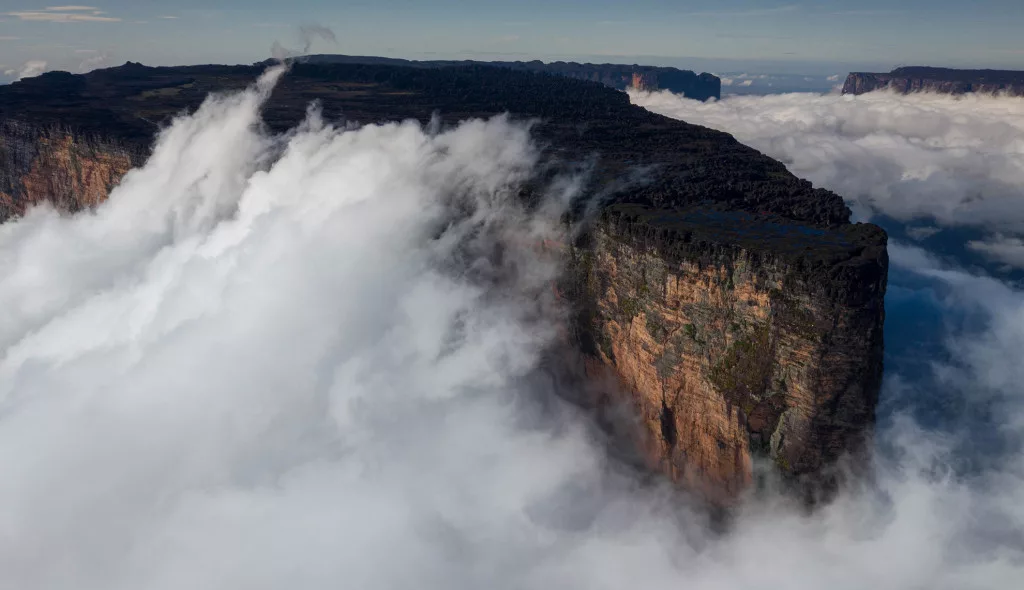
GETTING THERE AND AROUND
Guyana’s largest airport is Cheddi Jagan International Airport, located 41 kilometres from the capital. It flies to destinations in the Caribbean, South America, Canada and the United States – both American Airlines and Caribbean Airlines operate multiple daily flights to New York. International tourists can also visit Guyana via small cruise ship, many of which offer nature-based shore excursions. P&O Cruises and Noble Caledonia are two well-known providers.
The best way to explore Georgetown is by taxi. You’ll also be able to get minivans (shared taxis) and local buses to nearby towns. It’s also possible to travel between towns via ferry – a service runs along the Essequibo River, from Charity to Bartica. The country’s only main road is an unsealed track from Georgetown and through the rainforest to Lethem, a journey which takes 15-20 hours. It’s serviced by long distance buses, but you can also hire a 4×4 to explore Guyana’s more off-the-beaten-track corners. However, the quickest and most convenient way to get around is by air, in small four-12-seater Cessna planes, which offer splendid panoramic views.


